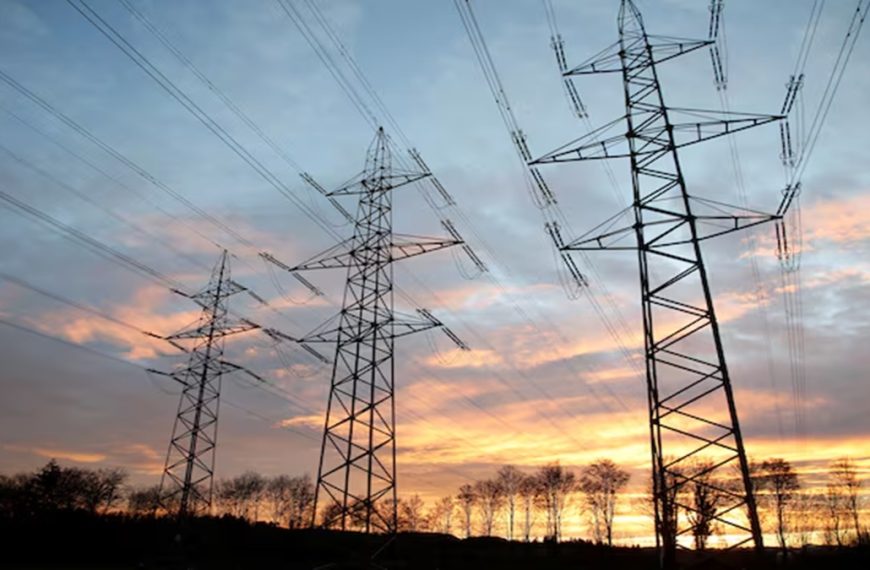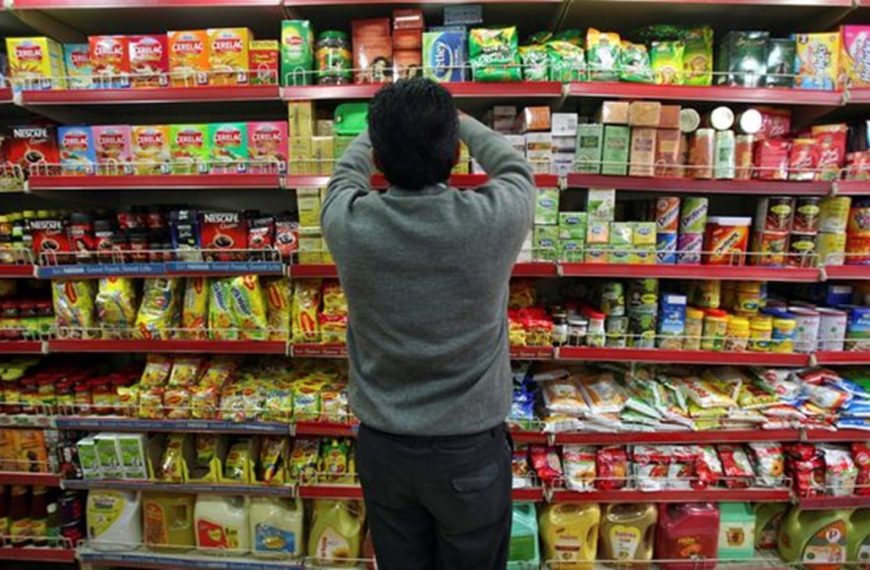As the U.S. government prepares to implement new tariffs, many sectors of Indian industry are surprisingly calm. Industries that typically face challenges from reciprocal tariffs, such as electronics, pharmaceuticals, auto parts, and gems & jewelry, are optimistic that reducing import duties from India will help alleviate any negative effects on their exports. By closing the substantial 5% tariff gap between the two countries, these industries aim to sustain their lucrative markets in the U.S.
A Strategic Response to Tariffs
Despite the looming announcement of U.S. tariffs, Indian authorities are considering a proactive approach. New Delhi plans to lower its tariffs, encouraging the U.S. to revisit its own rates in line with the principle of reciprocity.
- Zero-for-Zero Tariff Policy: This could benefit key sectors like pharmaceuticals and gems & jewelry, and potentially textiles and garments.
- Trade experts believe India may endure reciprocal tariffs without retaliating, while others suggest a mixed strategy of cooperation and selective pushback.
Balancing Act for Indian Industries
The specifics of the U.S. tariffs remain unclear, prompting Indian officials to adopt a cautious stance. Piyush Goyal, the Minister of Commerce and Industry, expressed enthusiasm about ongoing negotiations for a Bilateral Trade Agreement (BTA) but cautioned industries against seeking excessive protection.
Interestingly, some analysts see potential opportunities arising from the U.S. tariffs. According to Niti Aayog, India could benefit from its relatively favorable position compared to countries like Mexico, China, and Canada, which account for a significant portion of U.S. imports. While these nations face higher tariffs, India might experience increased efficiency in domestic value addition, allowing export-intensive sectors to gain from the competitive environment.
Economic Impact and Forecast
Analysts have estimated that the reciprocal tariffs could slightly impact India’s economy, potentially reducing GDP by 0.1%.
- Motilal Oswal projects a loss of $3.6 billion in exports to the U.S., equating to about 0.1% of India’s GDP.
- Emkay Global Financial Services echoes this assessment, forecasting a similar GDP impact.
The broader concern for India is the potential negative effect on the global economy due to the U.S.’s disregard for rules-based trade. This could lead to increased costs and retaliatory actions from various countries.
Seizing Opportunities in Electronics Manufacturing
Analysts suggest that the U.S. tariffs could present India with an advantageous opportunity to draw electronics manufacturing away from China. However, this requires India to reduce import duties on U.S. electronics to zero, aligning with the U.S.’s near-zero tariffs on Indian exports.
Sectors Facing Challenges
Certain sectors are likely to experience significant strain from the new tariffs. For instance, India exported approximately $5.72 billion worth of auto components to the U.S. in FY24, making up 27% of the sector’s total exports. The recent announcement of an additional 25% tariff is expected to disrupt supply chains and impact revenues negatively.
India’s agricultural sector is also vulnerable. A reduction in U.S. market access could lead to an influx of American farm products into Indian urban markets, affecting local producers. If U.S. tariffs increase significantly, Indian exports of fish, meat, and processed seafood could suffer as well.
In summary, while Indian industries are bracing for potential challenges from U.S. tariffs, there are also avenues for growth and adaptation. By strategically navigating this complex landscape, India can position itself advantageously in the global market.











